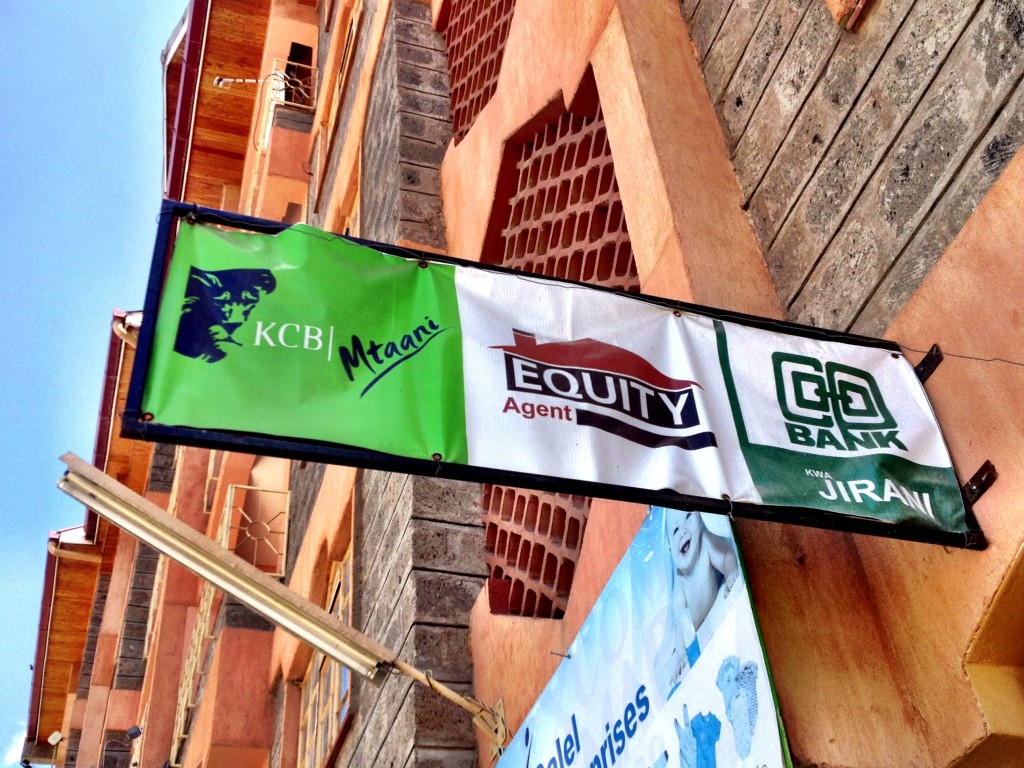Up to the third quarter of 2024, Kenyan banks experienced a notable shift in their lending practices, marked by a significant reduction in traditional loans to customers and a corresponding increase in lending to the government. This trend was driven by a combination of economic challenges and strategic adjustments by the banks to mitigate risks and safeguard their financial health.
The tough economic environment characterized by a difficult business environment and a high cost of living, led to a decrease in business activities, reduced disposable income and job losses. As a result, banks faced increased loan defaults, which squeezed their profits and prompted them to adopt more conservative lending practices.
Traditional loans to customers dropped by a weighted average of 2.4% in Q3’2024, compared to a 12.6% increase in government securities investments over the same period. This reduction in lending was a strategic move by banks to minimize their exposure to risky loans and focus on more secure investments, as the non-performing loans ratio for the banking industry hit 16.5% as of September 2024.
In response to these challenges, banks like Equity Bank opted to increase their investments in government securities, which are considered safer compared to traditional loans. Equity Bank, for instance, pumped Kshs 258.9 billion into government papers during the period under review, representing a 6.8% growth compared to the same period in 2023.
This shift towards government lending was a defensive approach to protect the banks’ assets and ensure financial stability amidst the economic uncertainties, while Stanbic increased their government securities holdings by 82.7% during the same period. On the contrary, Equity bank and Stanbic bank cut their customer lending by 5.4% and 12.8% respectively.
However, the Central Bank of Kenya’s (CBK) recent adjustments to the Central Bank Rate (CBR) is expected to stimulate economic activity by lowering borrowing rates as well as lowering the default rates in the banking industry in the medium to long-term. As such, going forward, we expect increased lending to traditional customers, even as rates on government securities continue to dip.


















